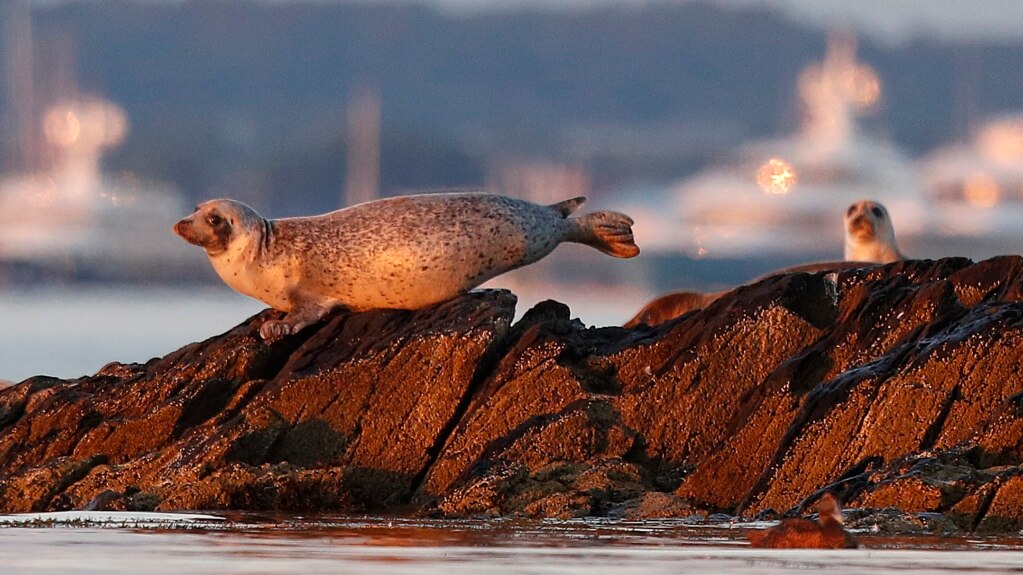An ongoing bird flu outbreak has killed tens of thousands of seals and sea lions in several parts of the world.
Scientists said the virus’ spread also has caused economic losses at poultry farms and is harming wild birds.
A worldwide bird flu outbreak began in 2020. It has led to the deaths of millions of domesticated birds and also hit wildlife populations.
Health officials have said they do not currently consider the virus a threat to humans. But experts have warned that the continued spread of bird flu could increase the risks to humans.
Researchers said seals and sea lions have been affected in areas such as the northeastern state of Maine and the South American nation of Chile.
The virus has been identified in seals on both the eastern and western coasts of the United States. At least 300 seals have died from bird flu in New England. Somewhat smaller numbers have died in Washington state’s Puget Sound.
Experts said the situation is also severe in South America, where more than 20,000 sea lions have died in Chile and Peru. In addition, thousands of elephant seals have died in Argentina.
The virus can be controlled in domesticated animals, but it can spread quickly among wildlife and ocean mammals. In South America, for example, seals that have never been infected with the virus have suffered huge losses, said Marcela Uhart. She is director of the Latin America program at the Karen C. Drayer Wildlife Health Center at the University of California, Davis.
Uhart said, “Once the virus is in wildlife, it spreads like wildfire, as long as there are susceptible animals and species.” She said the movement of animals “spreads the virus to new areas.”
Scientists are still researching how the seals got infected. But Uhart said it is most likely from contact with infected seabirds. She noted the death rates have been high in South America since bird flu arrived late in 2022. Birds in Peru and Chile have died from the virus by the hundreds of thousands since then.
The worldwide outbreak is continuing, and the virus was even found for the first time in mainland Antarctica in February. Scientists have said bird flu might also have played a part in the deaths of hundreds of endangered Caspian seals in Russia last year.
The deaths of seals and sea lions can hurt environments where the sea creatures are near the top of the food chain. Seals help keep the ocean in balance by preventing overpopulation of the fish they feed on.
Many of the affected animals – such as South American sea lions and Southern elephant seals – have strong populations. But scientists worry about the possibility the virus could jump to more threatened populations.
The World Organisation for Animal Health is a Paris-based intergovernmental organization that seeks to provide information about diseases spreading among animals. The group said in a statement the current situation “presents an unprecedented risk of wildlife population collapse, creating an ecological crisis."
Some scientists and environmental activists say there could be a link between the bird flu outbreak and warming oceans connected to climate change.
Off northern Chile, warmer sea temperatures reduce the population of smaller fish in the area. This can make sea lions weaker and more likely to catch a disease, said Liesbeth van der Meer. She directs the environmental group Oceana in Chile.
Van der Meer said scientists and environmentalists are hopeful that vaccinating poultry will help lessen disease spread. She noted that health officials have also warned humans to avoid any contact with possibly infected animals in the wild.
I’m Bryan Lynn.

